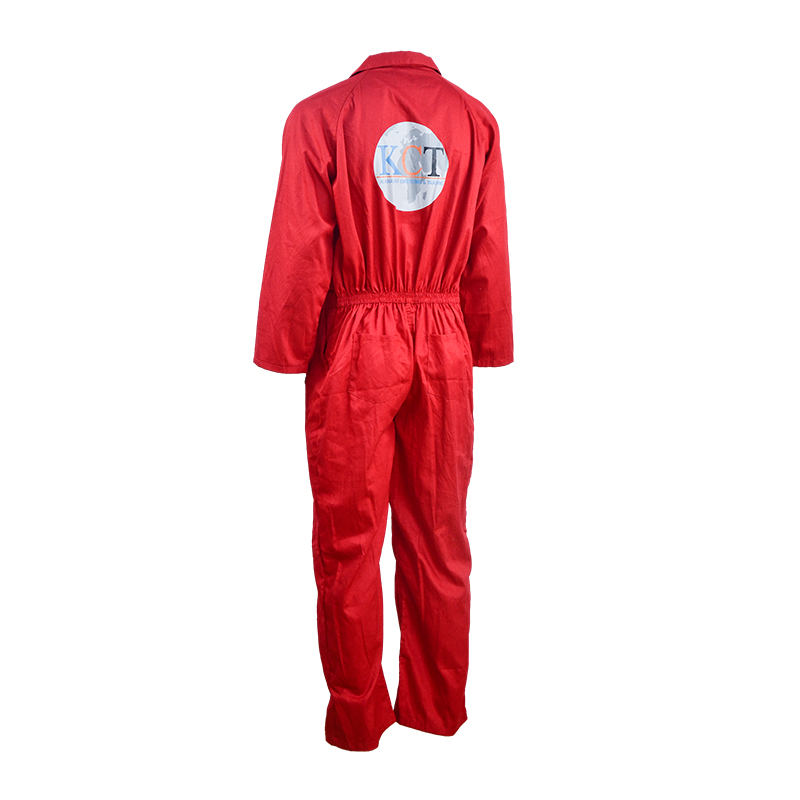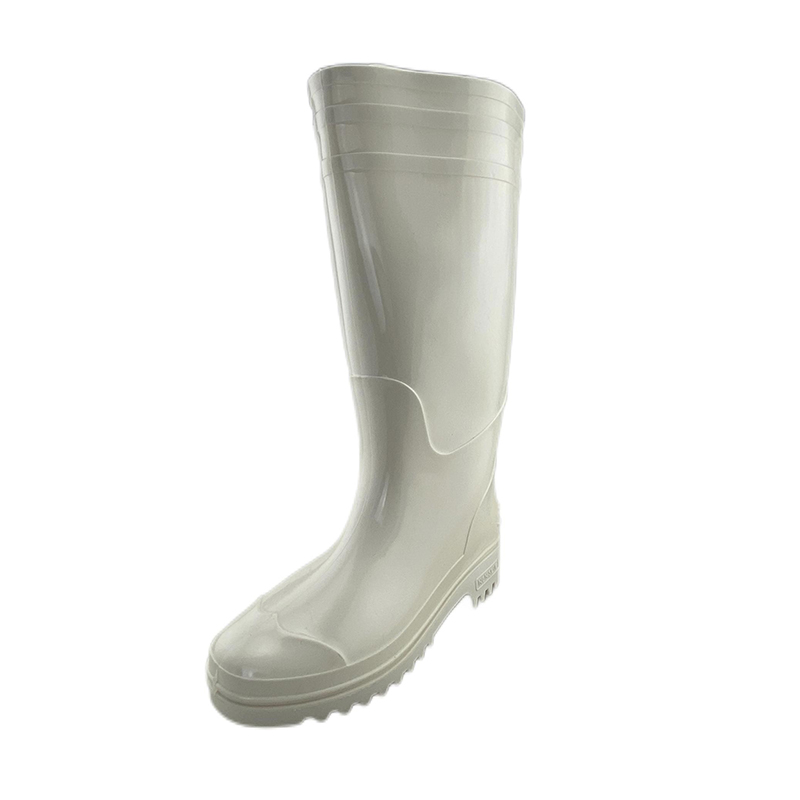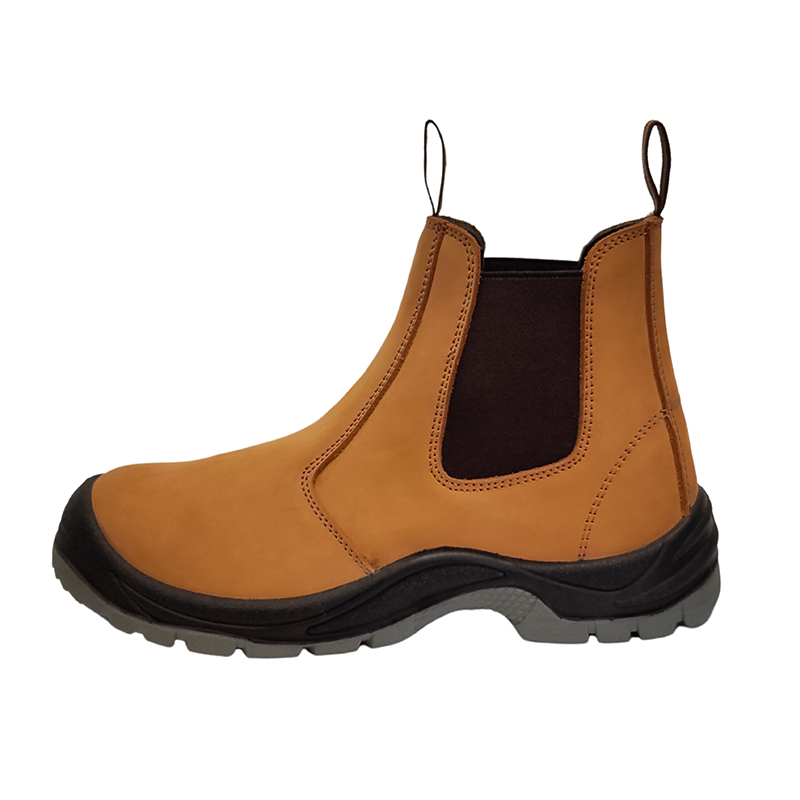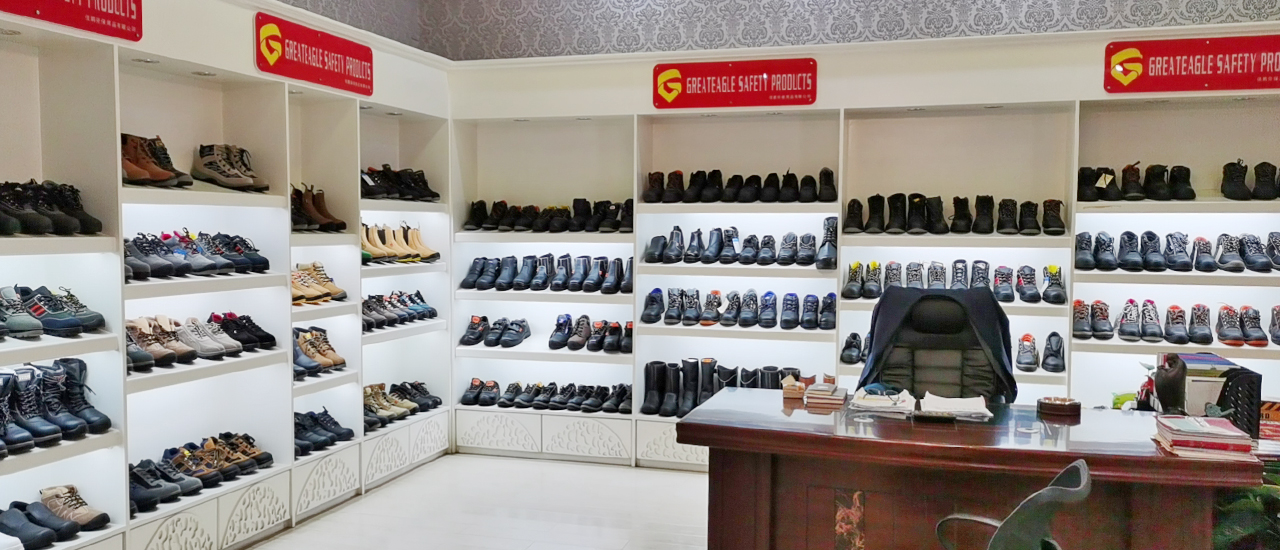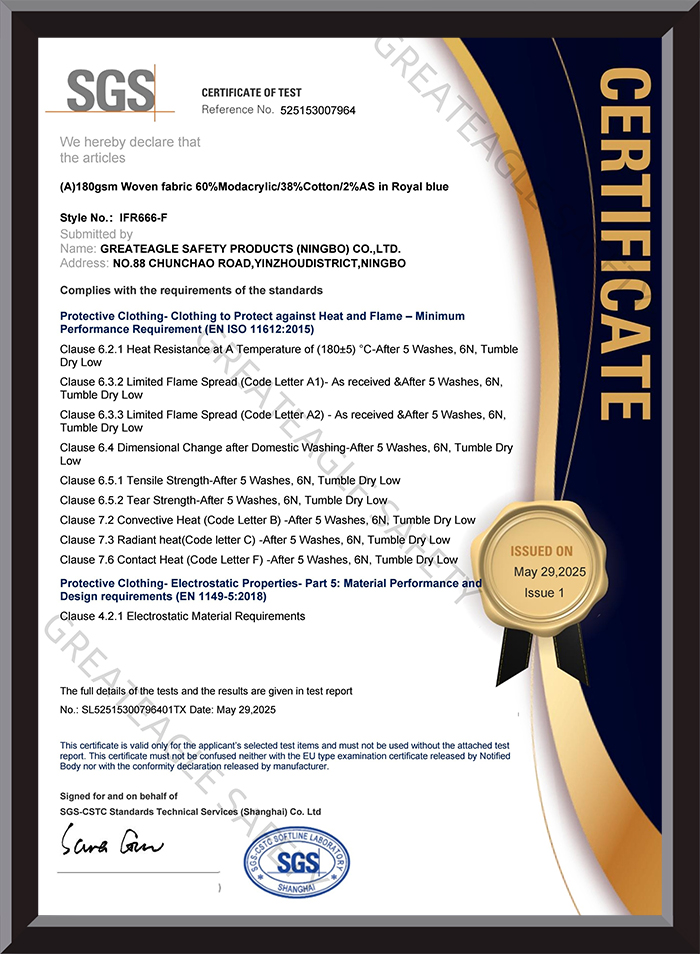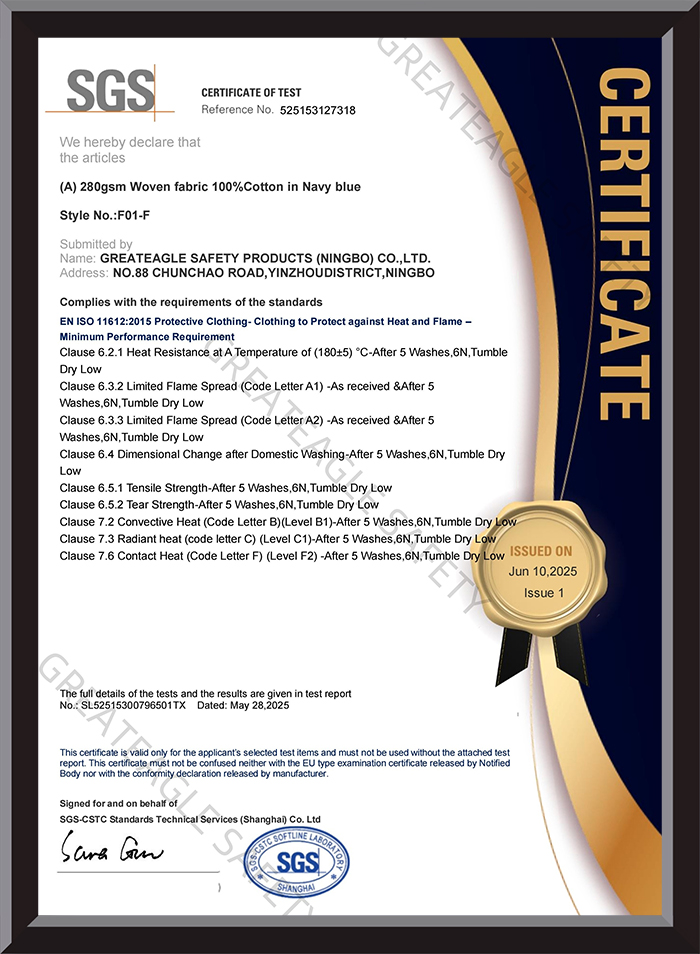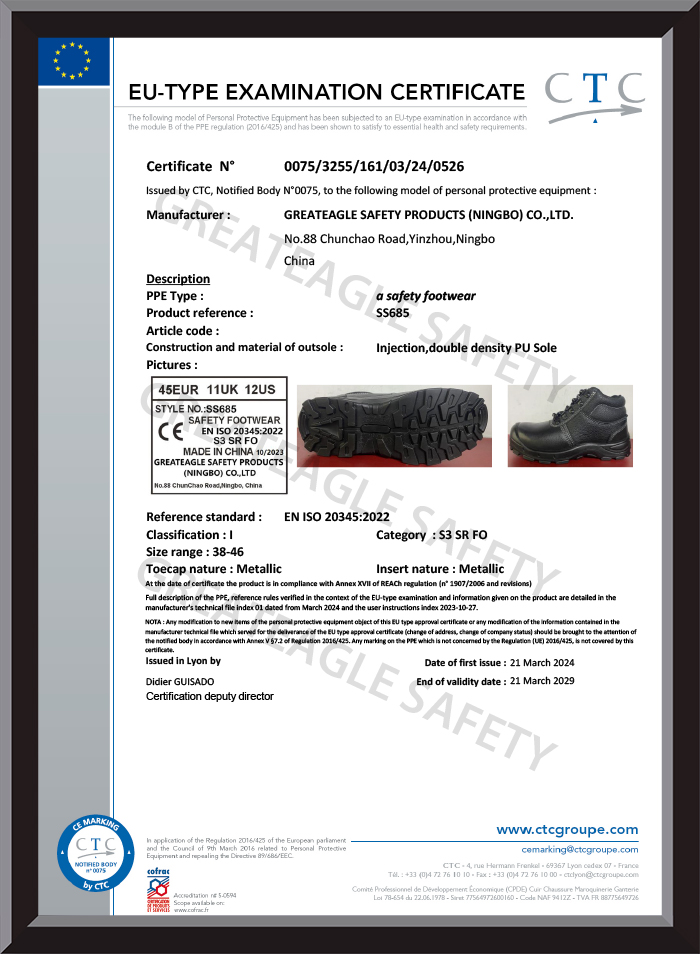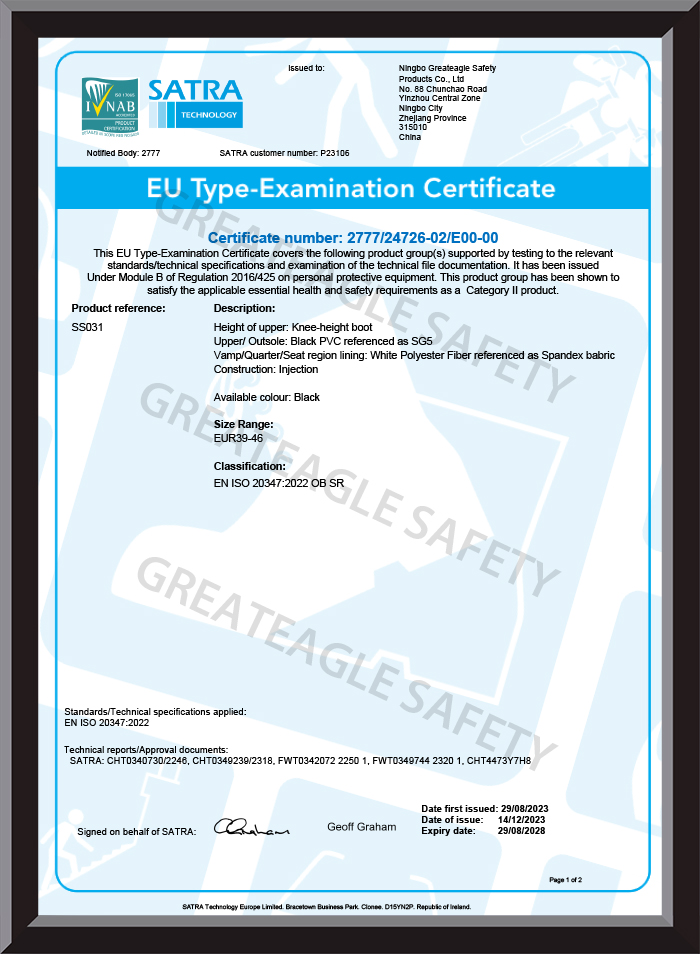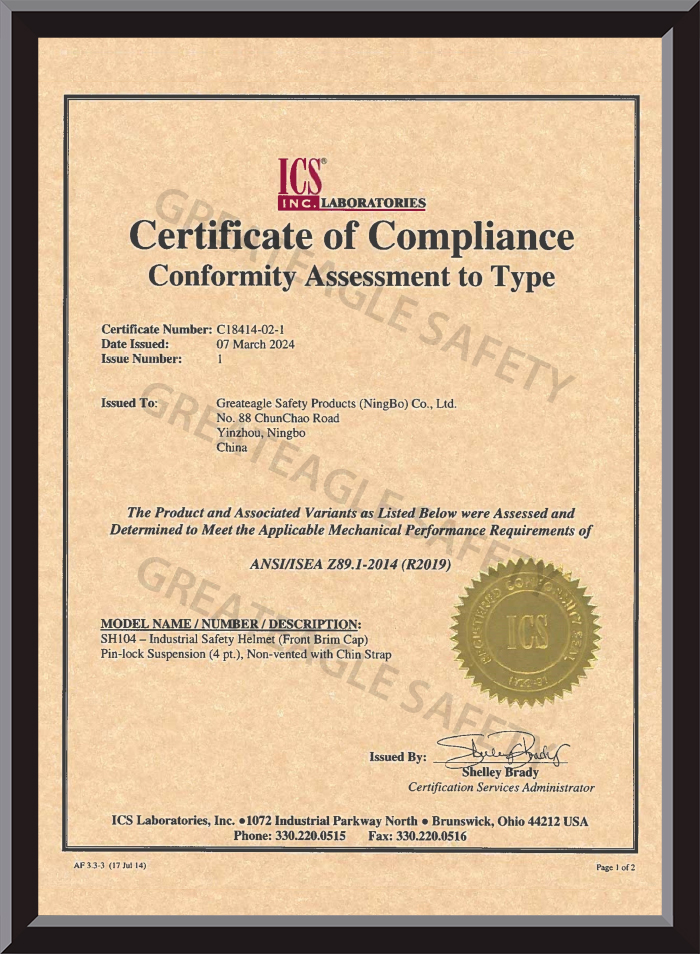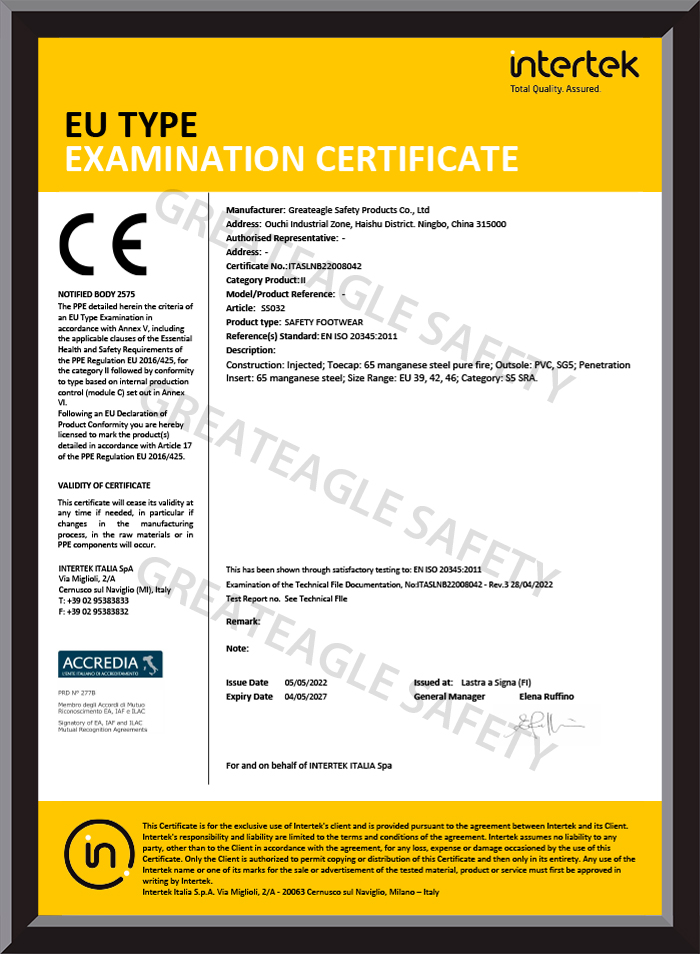Why Choose Rubber Speed Bumps?
Rubber speed bumps offer several key advantages that make them an attractive choice for traffic control, especially for areas where safety and cost are paramount. Greateagle Safety Products (Ningbo) Co., Ltd. has consistently focused on manufacturing products that offer superior performance, and rubber speed bumps are no exception.
Cost-Effective: Rubber speed bumps are typically more affordable than their concrete or asphalt counterparts. The manufacturing costs for rubber are generally lower, and because they are lightweight, transportation and installation costs are significantly reduced. As a result, rubber speed bumps provide significant savings, especially when dealing with large-scale installations. This affordability makes them an ideal choice for businesses, municipalities, and residential areas looking to maintain safety without stretching their budgets.
Easy Installation and Maintenance: One of the standout features of rubber speed bumps is their ease of installation. Unlike concrete speed bumps that require specialized equipment and skilled labor, rubber speed bumps can be installed quickly by a regular maintenance team. They can be fixed to the road surface with minimal disruption to traffic. At Greateagle Safety Products (Ningbo) Co., Ltd., we ensure that our rubber speed bumps are designed to be compatible with various installation surfaces, providing a user-friendly solution for any environment.
Rubber speed bumps require very little maintenance. Over time, they remain intact without significant wear and tear. Their durability and resistance to cracks and chips reduce the frequency and cost of maintenance, further enhancing their overall value.
Durability: Rubber is known for its strength and resilience. When exposed to harsh weather conditions such as extreme heat, cold, or heavy rain, rubber speed bumps continue to perform effectively. Unlike asphalt or concrete, which may crack or degrade over time, rubber can withstand UV radiation, high temperatures, and freeze-thaw cycles, making it a more reliable and long-lasting solution. This durability is especially beneficial for regions with harsh climates or heavy traffic.
At Greateagle Safety Products (Ningbo) Co., Ltd., we manufacture rubber speed bumps using high-quality materials that are designed to endure the toughest conditions, ensuring that they remain functional and aesthetically pleasing for years to come.
How Rubber Speed Bumps Compare to Other Types
When considering the installation of speed bumps, it’s important to understand how rubber compares to other common materials, such as concrete, asphalt, plastic, and metal. Each material has its advantages and disadvantages, but rubber speed bumps offer a unique combination of performance, cost, and ease of use. Greateagle Safety Products (Ningbo) Co., Ltd. specializes in producing rubber speed bumps that provide a balanced solution for a wide range of traffic management needs.
Concrete and Asphalt Speed Bumps: Concrete and asphalt speed bumps are the traditional choices, known for their strength and ability to handle heavy traffic loads. They come with several drawbacks. Installation is a lengthy and expensive process, as these materials require special equipment and skilled labor. They can also be prone to cracking and chipping over time, especially in regions with fluctuating temperatures or frequent traffic. Additionally, repair and maintenance costs for concrete and asphalt speed bumps can be high, as any damage often requires major repairs or even complete replacements.
Rubber speed bumps, on the other hand, are far easier to install and maintain. At Greateagle Safety Products (Ningbo) Co., Ltd., we design rubber speed bumps that can be installed quickly without needing complex machinery, saving both time and money.
Plastic Speed Bumps: Plastic speed bumps are lightweight and easy to install but generally lack the long-term durability of rubber. While they are resistant to the elements, they may become brittle or warp over time, particularly in areas with high temperatures. Plastic speed bumps may not be able to handle the same level of heavy traffic as rubber options. This makes them less ideal for high-traffic zones, where rubber speed bumps from Greateagle Safety Products (Ningbo) Co., Ltd. offer superior performance and longevity.
Metal Speed Bumps: Metal speed bumps are known for their strength and can handle extreme conditions. However, they come with their own set of challenges. The noise created when vehicles pass over metal speed bumps can be unsettling, especially in residential areas. Metal is prone to rusting and corrosion, especially in areas with high humidity or heavy rainfall. Rubber, in comparison, is more flexible, quieter, and resistant to corrosion, making it a more suitable choice for a variety of environments.
Environmental Benefits of Rubber Speed Bumps
Sustainability is an increasingly important concern in infrastructure design, and rubber speed bumps offer several environmental benefits that make them a more eco-friendly choice compared to traditional materials. Greateagle Safety Products (Ningbo) Co., Ltd. is committed to producing traffic safety solutions that not only improve safety but also contribute to environmental conservation. Here’s how rubber speed bumps are an environmentally responsible option:
Made from Recycled Rubber: One of the most significant environmental advantages of rubber speed bumps is that they are often made from recycled rubber, such as old tires. The process of turning scrap tires into reusable materials for manufacturing rubber speed bumps helps reduce the amount of waste that would otherwise be sent to landfills. This repurposing of rubber significantly cuts down on environmental pollution and promotes a circular economy, where resources are reused instead of discarded.
Lower Carbon Footprint: The production of rubber speed bumps generally requires fewer raw materials and less energy than the production of concrete or asphalt speed bumps. Concrete and asphalt require high temperatures to be processed, consuming a considerable amount of energy and contributing to greenhouse gas emissions. Rubber speed bumps, in contrast, are produced with lower energy input, reducing their overall carbon footprint. This makes them a more sustainable choice for environmentally conscious organizations and municipalities.
Longevity and Reduced Resource Consumption: Rubber speed bumps are designed to last for many years without significant degradation. This longevity reduces the need for frequent replacements, which is a common issue with concrete or asphalt speed bumps that are prone to cracks and wear. Fewer replacements mean fewer resources are needed for manufacturing and transportation, further reducing the environmental impact.
